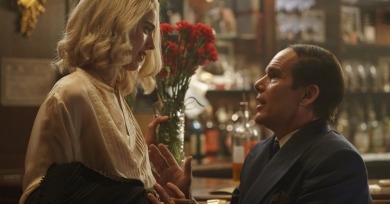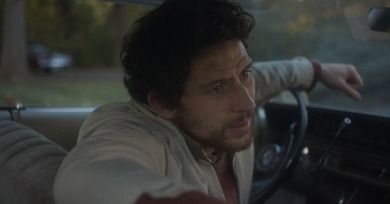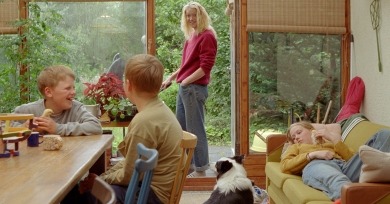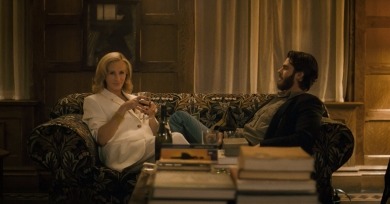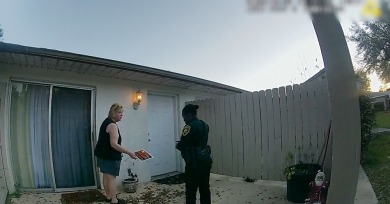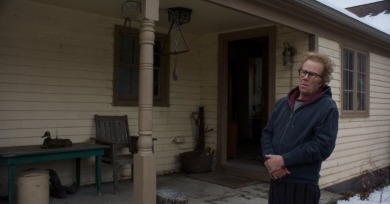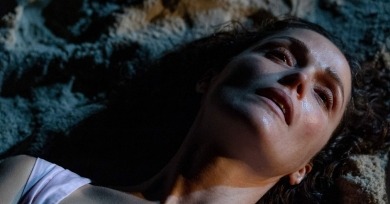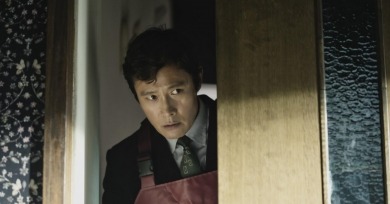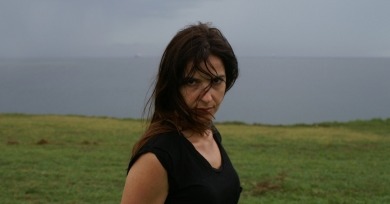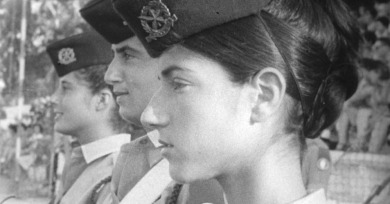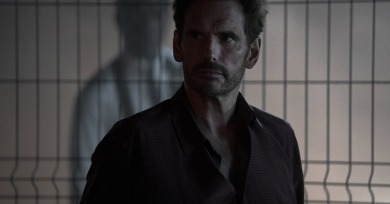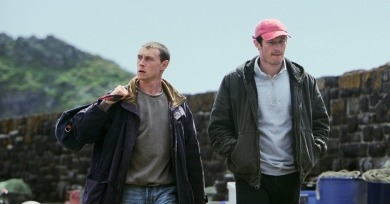Reviews
With its breathless, alert script, Blue Moon manages to keep expanding and contracting from its central dramatic concern, using the breakdown of Rodgers and Hart's creative partnership to tease out age-old paradoxes between art and commerce, hope and despair, commitment and compromise.
His obliviousness to anything beyond his chain link fence gestures to the political and cultural schism dividing much of America—between draft dodgers and patriots, rioters and the police, those fine with the status quo and those earnestly believing that things can change for the better.
Outside the context of the film, the piano score might sound like the accompaniment for a toasty night by the fireside. Yet Hunt’s minor chords and capricious melodies allow the film a gracious domesticity that works in contrast to its swollen, poignant portrait of disintegration.
It is by now a cliche to allege that the films of Luca Guadagnino offer more in the way of surface luxuries than intellectual stimulation, but the chasm is especially apparent in a film that at one point finds Roberts stiffly lecturing on the panopticon.
Eschewing the use of talking heads or a slate of statistics, director Geeta Gandbhir reconstructs the narrative largely from police bodycam footage—arguably the true crime idiom of the 2020s, taking the premise of Cops (1989–present) to its optimized conclusion: law enforcement is the camera crew.
Like late Ozu, with his parade of seasonally titled shomin-geki exploring the practically endless permutations of family life, Father Mother Sister Brother is a series of intergenerational vignettes.
Magellan is one of the few films to cover this episode of the Age of Discovery, and Lav Diaz uses this stab at a grand seafaring spectacular to reject the idea that white colonialists “discovered” anything at all.
A grotesque and grimly funny freak-out that unfolds with the hurtling momentum of a runaway train, If I Had Legs I’d Kick You marks the reemergence of its long dormant writer-director.
Between its compositional dynamism and picaresque sensibility, the film is an auteur work to the core; it is also enervating in ways that do not so much undermine the stylistic pyrotechnics as indicate they’re the source of the problem.
The very existence of this brash film, which reveals the hearts of darkness at the center of Cuba’s cultural institutions, is proof that creative expression may be hindered, or sometimes stalled, but it can never be stopped.
SVT trends towards paternal humanitarian coverage of Palestine during the First and Second Intifada. Unseen throughout, however, is how television was shaped by sociohistorical eras.
Alboury will not come inside, and he will not go home, either; the more the two men try to feel each other out, the less likely it becomes that one or the other is going to budge. This is a compelling setup, sociologically and emotionally loaded.
Hamlet is invoked as a familiar revenge-plot classic, but that premise is mere window dressing. The characters from the play bear little resemblance to how they are written in it here, and are mostly marginal anyway, leaving the movie more like fanfiction than a seriously considered retelling.
Jenkin shot Rose himself on a 16mm Bolex with no live sound, opting to mix, record, and compose all of the film’s aural elements in postproduction. The uncanny effects of this approach lend his tactile imagery a subtle layer of distortion, the story seemingly echoed from a distant point in time.
